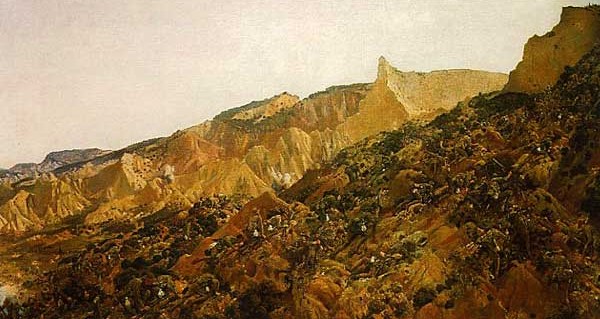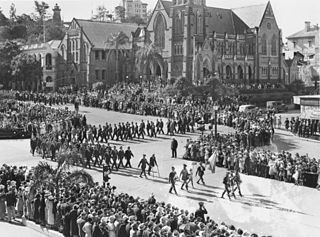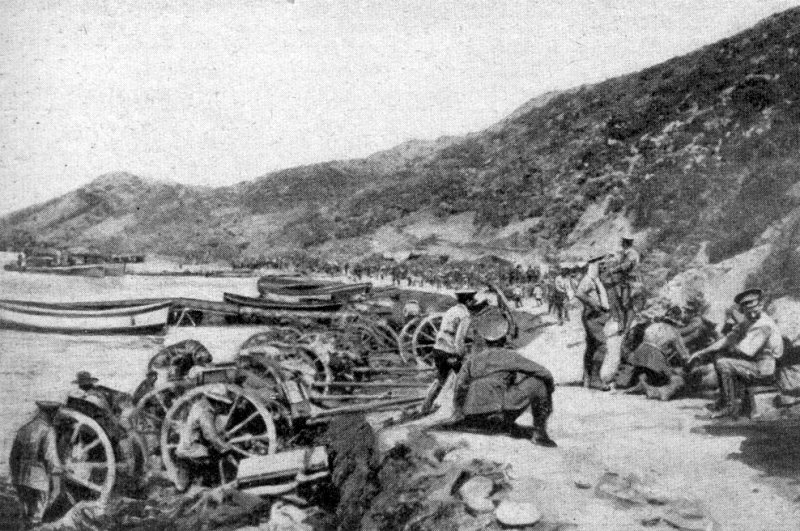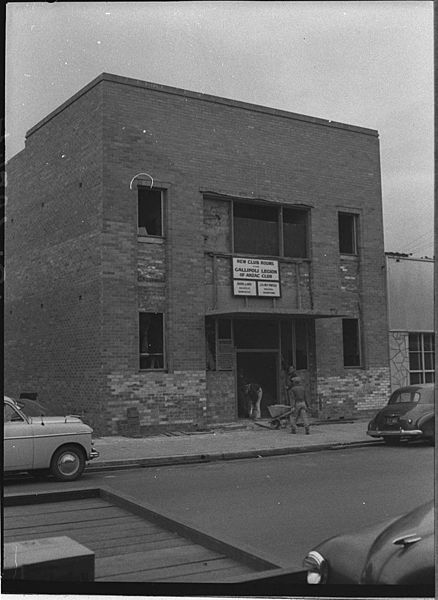Gallipoli

No soft landing (Painting by George Washington Lambert, 'Anzac, the landing 1915')
About 4.29 am on Sunday, 25 April 1915, Australian troops disembarking from several warships and transports in the Dardanelles, learned the answer to their unspoken question: had their approach been detected? It had. As the Official History of Australia In the War of 1914-18, by the not always reliable C. E. W. Bean, states: “The first bullets were striking sparks out of the shingle as the first boat-loads reached the shore.”
Many, many thousands fell (Australians, New Zealanders, Indians, Englishmen, Turks). The ANZACs tasted hell. But Constantinople was the real prize; with the Ottoman Empire crumbling away, the strait was its gate, but as narrow a sea gate as the terra firma one at Thermopylae. If the strait were to be breached, Gallipoli, in Lord Kitchener’s memorable but unfortunate words, “ceases to be of importance.”
As Winston Churchill wrote: “The situation disclosed on the morrow of the battle was grim…[the] whole army was cramped and pinned down at two separate points on the Gallipoli Peninsula.” On 11 May 1915, in response to Churchill’s plea for naval support, Lord Fisher sent a letter in reply, stating “I therefore feel impelled to inform you definitely and formally of my conviction that such an attack by the Fleet on the Dardanelles Forts, in repetition of the operations which failed…is doomed…”
Celebration of the Epic Fail is a romantic reality. Gallipoli is Australia’s Thermopylae, our Cannae, our Hastings, our Charleston, our Tsushima, our Charge of the Light Brigade. It is touted as our coming-of-age. It has been the raison d’etre for a swag of beery afternoons, a myriad furtive two-up games, countless inferior plays, and a couple of good ones, such as The One Day of the Year (1958) by Alan Seymour (6 June 1927 – 23 March 2015).
Seymour’s play showed the effect of the generational crisis on our national myth. Wilful blindness afflicted both sides of that argument, but the position of young Hughie – a resistance to (and debunking of) the false heroics, blinkered jingoism and sheer tolerance of lies – was quite credible, as far as it went. We wonder what Seymour (who left Australia in 1961, believing his play had screwed up a local career) and who lived long enough to see it, made of the current return to phony flag-waving, sauced with dashes of narcissism and battlefield-defiling war-tourism?
Perhaps, viewing the rubbish accumulated in yet another Glastonbury-style ceremony at Anzac Cove, he’d say: “I don’t want, I don’t want, I don’t want a bucket of KFC!”
[TVC attended the Dawn Service at Woodside Barracks in the Adelaide Hills, as presented by the 16th Air Land Regiment, on 25th April 2015 and thawed out afterwards at the gunfire breakfast in the mess, resisting the temptation to slip some bacon to the regimental dog, Murray.] [TVC, on a train trip through Western Sydney recently, passed by the impressive Gallipoli Mosque, which we consider to be genius branding.]Leave a comment...
While your email address is required to post a comment, it will NOT be published.





0 Comments